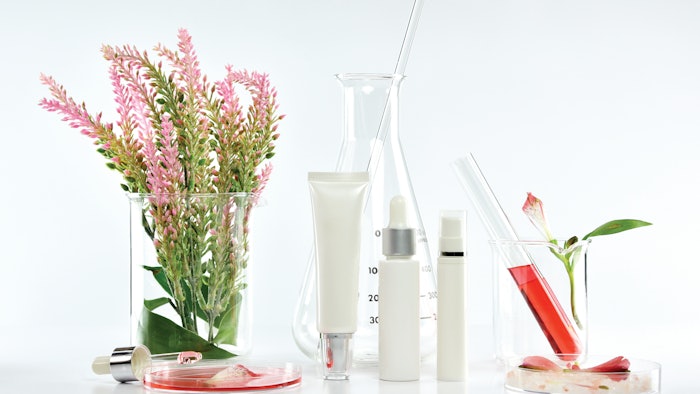
Read the full article in the Nov/Dec edition of C&T magazine
The use of corrective makeup products is a key support method for the quality of life of cancer patients. It helps them psychologically overcome the shock of changing their daily habits and to enhance their self perception. Many studies have shown that makeup, especially concealer, is a useful tool that can increase personal well-being, social footprint and self-esteem.1, 2
The choice of suitable makeup products allows for the correction of visible imperfections caused by disease and therapy, and can be a valuable aid in the treatment of side effects and/or to restore the physiological state of the skin. The present article describes these considerations and how to formulate for them.
Skin Changes in Cancer Therapy
Dermatological side effects due to oncology treatments are unfortunately multiple and subjective, depending on the type of therapy adopted. They also impact the quality of life of patients both physically and psychologically. The toxic effects of radiotherapy and chemotherapy considerably affect the skin, mucous membranes and cutaneous annexes, which undergo deep structural and functional changes. These changes make patients susceptible to a wide spectrum of viral, bacterial and fungal infections, alongside the immunosuppressive effects of the therapies themselves.
Itching, usually caused by xerosis, is one of the most common side effects in skin.3 The pathogenesis of xerosis due to chemotherapy is related to the mechanism of action of the drugs, which affects the process of epidermal differentiation and skin homeostasis.4 This causes inflammation, apoptosis in keratinocytes, hypersensitivity to UV radiation and alterations in the functioning of sebaceous glands, all leading to dry skin. In addition, epidermal thickness is reduced, the barrier function is impaired and transepidermal water loss is (TEWL) increased.
Skin also may become more permeable and sensitive to external irritants, while allergic and photosensitivity reactions are frequent.5 Consequently, xerosis could be a precursor to more significant skin complications, such as microbial infections and allergen sensitization.6 Further changes in skin often include discoloration (hyper- or hypo-pigmentations, redness), erythematous rashes and, in general, a paler, yellowish-olive complexion.
Hair loss (alopecia) is another common adverse effect, occurring in different degrees depending on the type of therapy. While it is a temporary phenomenon, it has a great psychological impact for the patient. In addition to the scalp, the hair follicles of the eyelashes and eyebrows are impacted. Nails are seriously affected as well, showing fragility, superficial irregularities, discolorations and hemorrhages.7
Read the full article in the Nov/Dec edition of C&T magazine
References
- Dayan, S.H., Cho, K., Siracusa, M. and Gutierrez Borst, S. (2015). Quantifying the impact cosmetic makeup has on age perception and the first impression projected. J Drugs Dermatol, 14(4) 366-374.
- Wakeda, T., Okamura, T., Kawahara, T. and Heike, Y. (2020). Camouflage makeup improves quality of life in cancer patients with treatment-related skin changes. Tumori, 106(2) 95-100.
- Dangel, R.B. (1986). Pruritus and cancer. Oncol Nurs Forum, 13(1) 17-21.
- Van Doorn, R., Kirtschig, G., Scheffer, E., Stoof, T.J. and Giaccone, G. (2002). Follicular and epidermal alterations in patients treated with ZD1839 (Iressa), an inhibitor of the epidermal growth factor receptor. Br J Dermatol, 147(3) 598-601.
- Lacouture, M.E. (2006). Mechanisms of cutaneous toxicities to EGFR inhibitors. Nat Rev Cancer, 6(10) 803-812.
- Valentine, J., Belum, V.R. ... Lacouture, M.E., et al. (2015). Incidence and risk of xerosis with targeted anticancer therapies. J Am Acad Dermatol, 72(4) 656-667.
- Lacouture, M.E. (2014). Dermatologic principles and practice in oncology. In Conditions of the skin, hair and nails in cancer patients. Wiley Blackwell. Hoboken-New Jersey.











